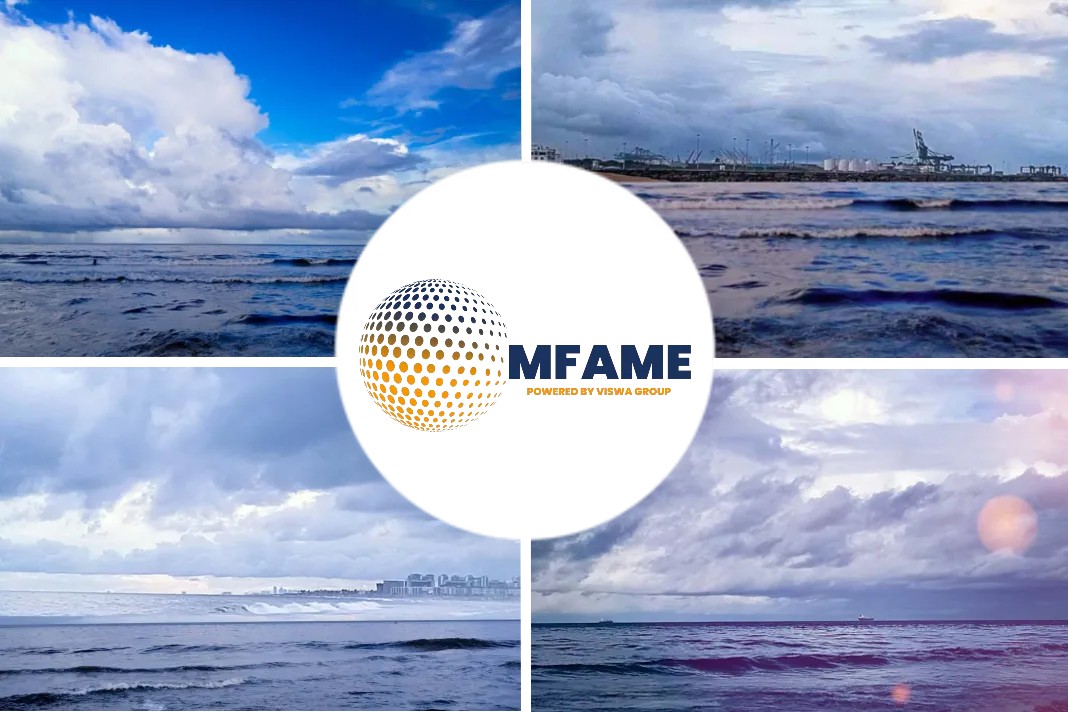- MR tanker freight recovers from slump in response
- More LNG demand in Asia pushes cargoes East
Increased transit volumes at the Panama Canal pushed wait times higher for clean petroleum product and unreserved LNG tankers during the week ended Jan. 28, as more cargoes headed to the Far East to serve a rise in demand, says an article published on sp global website.
MR tanker freight recovers from slump in response
Waiting times for Super class tankers, including Medium Range product tankers, extended to 10 days for southbound voyages. In normal conditions, expected waiting days are usually two to three days, owners said.
The maximum wait for unreserved LNG tankers transiting the passageway stood at 11 days northbound and seven days southbound on Jan. 28, according to the Panama Canal Authority. That was up from almost no wait time a few weeks earlier.
Demand, strengthening interbasin spreads and other market factors, including the approaching Chinese Lunar New Year, have contributed to the shift in trade flows, which have in turn helped boost congestion along the shortest passageway from the US Gulf Coast to East Asia.
“We’re currently experiencing high arrivals due to seasonal market demands, as is typical around the Lunar New Year, and the ongoing situation with global supply chains,” the Panama Canal Authority said in an emailed statement Jan. 28 to S&P Global Platts. “Our team is still handling between 35 and 36 vessels per day. We’re also working to help accommodate further transits for vessels without reservations during this temporary period of elevated demand.”
The canal authority said an increase in coronavirus illnesses due to the spread of the omicron variant was not causing any disruptions in traffic through the passageway.
Medium Range tanker freight recovered from a short decline during the week ended Jan. 28 on the back of the longer waiting times. Owners were also reluctant to make voyages from the Gulf Coast to West Coast South America due to multiyear highs for bunker fuel prices in the Americas.
Freight on the US Gulf Coast-Chile route ended the week assessed at lump sum $1.3 million Jan. 28, rising from the midweek low of lump sum $1.265 million assessed Jan. 26. However, freight for MRs loading on the USGC has fallen since the start of January, with rates to Chile having fallen 10% since Jan. 3.
Tanker owners expected, with MRs held up at the canal and inclement weather affecting ports in the US Atlantic Coast and Mexico, that available tonnage could be slim in the first decade, or 10 days, of February, which could in turn strengthen freight.
Multiyear highs for bunker costs in the Americas have also weighed on tanker owners, who have experienced negative earnings at recent freight levels.
LNG market
The spread between the Platts JKM, the benchmark for spot-traded LNG delivered to Northeast Asia, and the Dutch TTF European gas hub contract price is often used as a sign of arbitrage potential between the Atlantic and Pacific basins.
The arbitrage between the regions can be measured in different ways. Market participants tend to look at the JKM-TTF derivatives, which traded at a 20 cents/MMBtu spread for April, which includes the delivery period for US FOB LNG cargoes to Asia, before London close Jan. 28. Looking out further, on Jan. 28, spreads for June traded at 60 cents/MMBtu before London close, further suggesting the arbitrage to Asia could open up beyond front-month March.
There is also the spread between physical assessments to consider. JKM for March was assessed at a $1.351/MMBtu premium to what DES Northwest Europe was assessed at Jan. 28. When reflecting where JKM March traded at before the close of European hours, JKM would still be at a discount to NWE.
Meanwhile, spot rates within LNG shipping are currently experiencing very low levels. The Pacific day rate for tri-fuel diesel-electric ships Jan. 28 was assessed by Platts at $40,000/d, while the Atlantic day rate during the same time was assessed at $30,000/d.
The higher Panama Canal delays that were recently observed in the market remain a contributing factor for the assessment of operational expenses of LNG carriers when they perform a round trip from the US Gulf to the Japan/Korean region.
While more than 90% of LNG carriers crossing the Panama Canal have reserved slots in advance to cross quickly and avoid delays, the remaining percentage still faces the dilemma of waiting or sailing through alternative routes, which is either through the Suez Canal or making the long trip of 38 days around Africa’s Cape of Good Hope.
Did you subscribe to our daily newsletter?
It’s Free! Click here to Subscribe!
Source: sp global
















